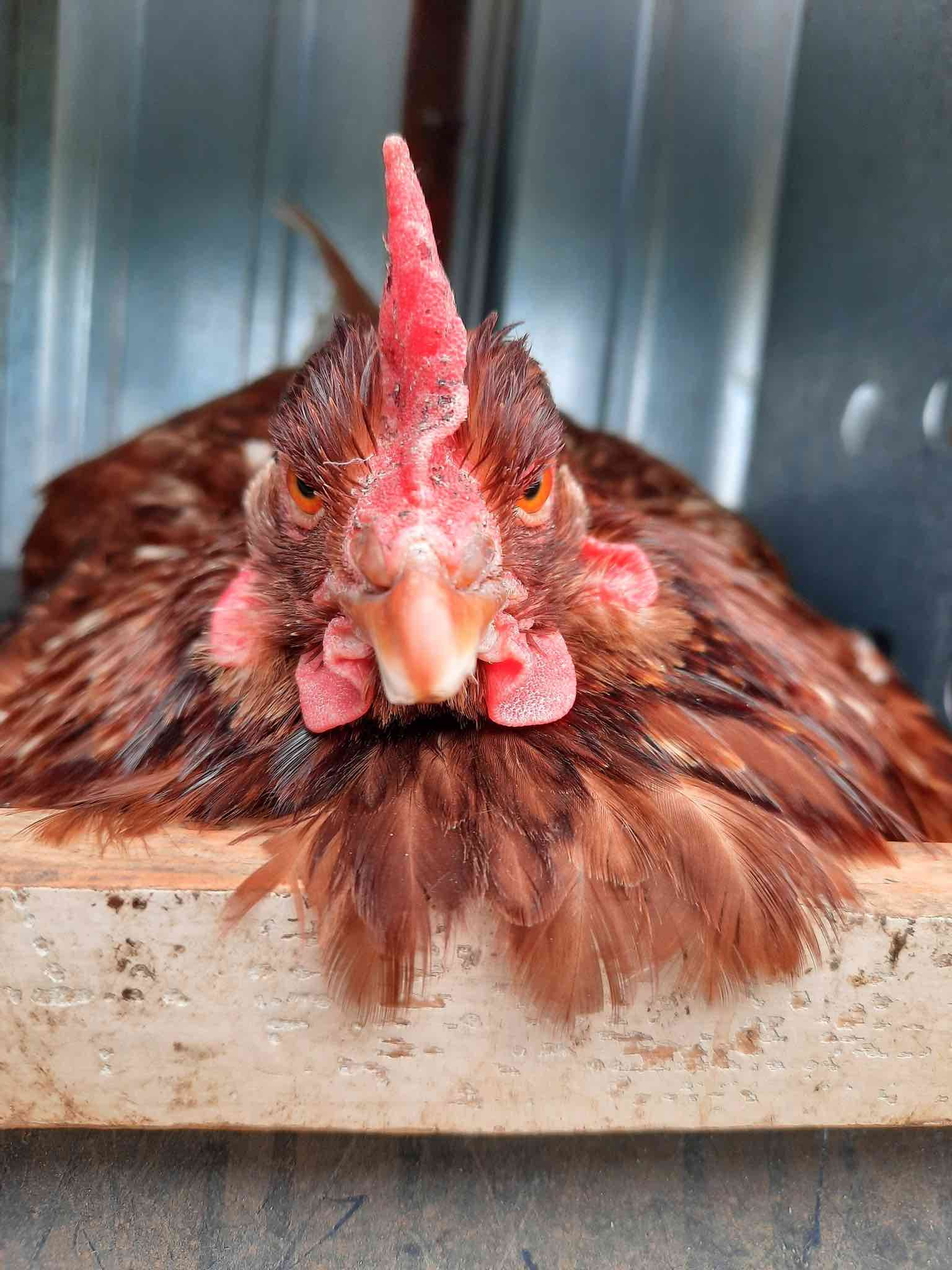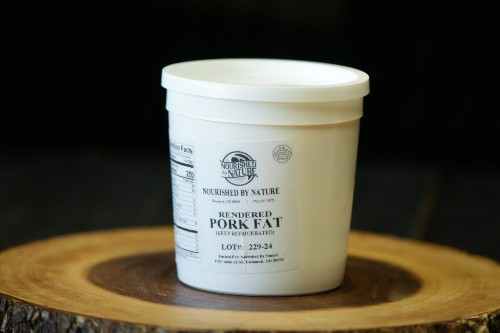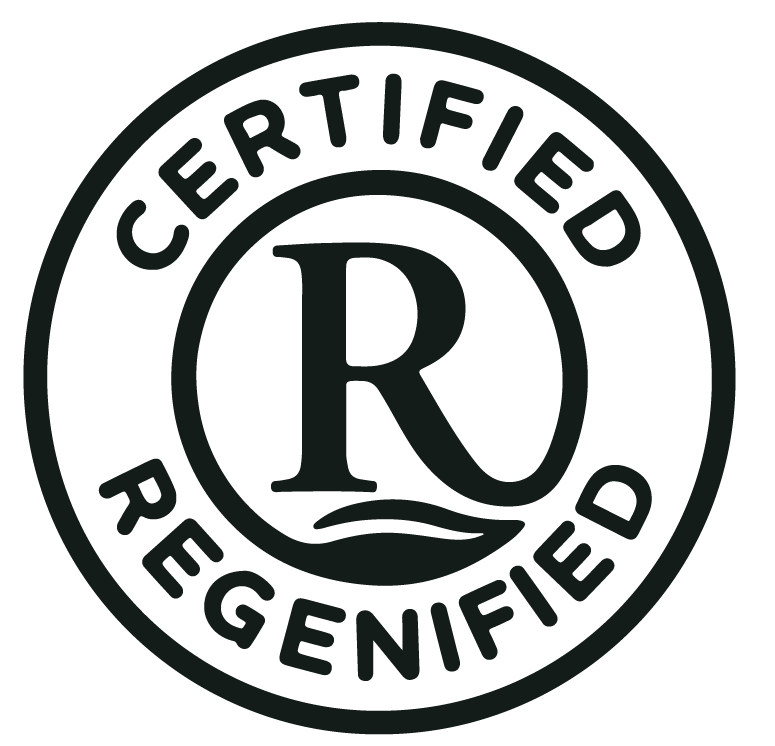Free Range vs. Pasture Raised in "Our Context"
posted on
March 17, 2024
The reason we say "Free-Range" instead of "Pasture-raised" is because our hens are inside a hoop house during the winter months. We find this to be the most humane and responsible way to care for our laying hens here in North Dakota- for multiple reasons.
- Their metabolism (along with everything else) slows down in the winter. Egg production slows down and the chickens are much less active with less sunlight and colder temps. This allows them to remain in closer quarters without difficulty while sharing body heat to stay warm. Our hoop house doesn't provide any additional heat but stays warm enough just from the body heat of the flock.
- The flock does not offer benefits to the landscape during wintertime. During a typical winter here in ND, the ground freezes and remains frozen from roughly January through March. During this time, nutrient cycles stop and even if there wasn't snow on the ground, the landscapes would not be able to cycle the nutrients that having the hens out on pasture provides. Instead, we embrace the rest that mother nature provides and one could more or less consider our winter months as our "fallow" season where mother nature takes it easy.
From the months of May-November, our hens our out on pasture, truly pasture-raised, and could go to Florida if they wanted to. We provide regeneratively grown grain for them to supplement, fresh water, guard dogs for their protection from predators, and our custom-made egg mobiles for protection from the elements as well as a clean and dry place to lay their eggs.






